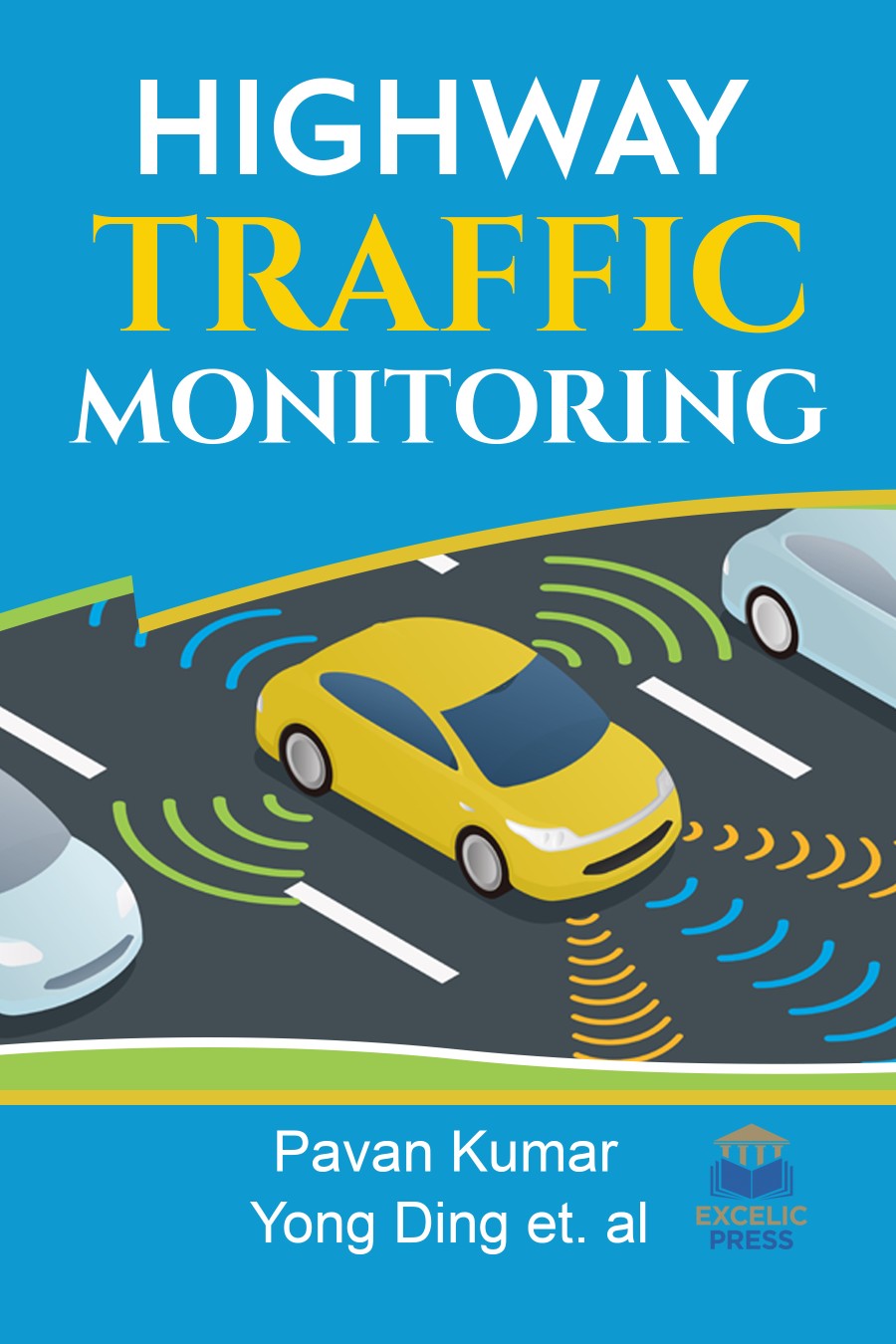The major problems that attracted the researchers during the past years are increasing traffic in urban and sub-urban areas. Traffic varies over time and place. It is necessary to understand and be able to monitor all of these activities and changes in travel to make correct decisions about the design, operation, and maintenance of roadways. Traffic congestion can be detected in sequences of optical images in different ways. Trying to detect each individual vehicle and then to estimate its velocity does not sound a good approach. This theoretical vehicle density is directly related to the average vehicle velocity on the road segment and thus the information about the traffic situation, e.g. the existence of congestion, the beginning and end of congestion, the length of the jam, actual travel time, and so on can be derived. Since the construction of paved roads, we have struggled with ways to record vehicular movement. Not only is this information required for proper design of roadways, but also new intelligent transportation systems (ITS) require real-time knowledge of traffic movement to be effective.
Highway Traffic Monitoring presents the state of the art and the practice and a look to the future trends in highway traffic monitoring. It describes methods of assessing the performance and reliability of traffic-counting equipment, including the evaluation of any bias within the results. It also covers the related issues such as commissioning, validation, verification, reliability, technology and test procedures. Traffic control and monitoring using video sensors has drawn increasing attention recently due to the significant advances in the field of computer vision. Many commercial and research systems use video processing, aiming to solve specific problems in road traffic monitoring. The focus of this guide is on the collection of traffic statistics, such as speed and traffic loads; identify dangerous situations, such as objects falling, animals or traffic jams.













